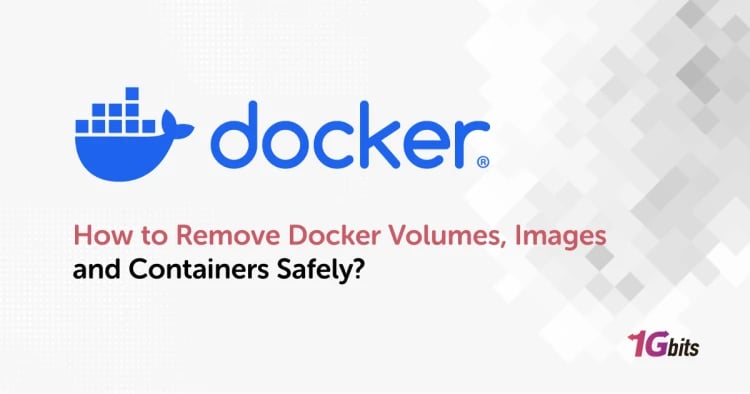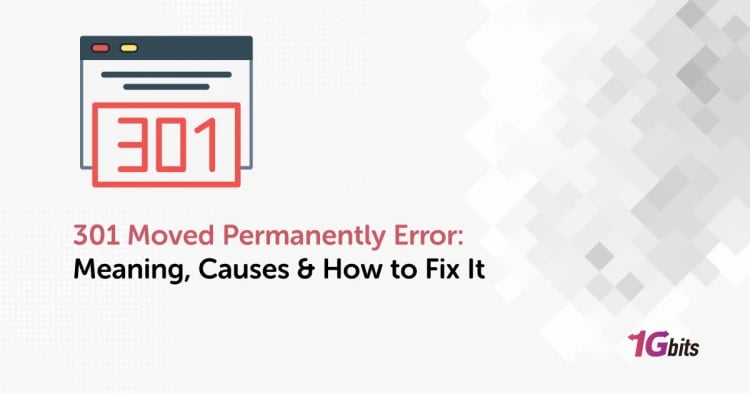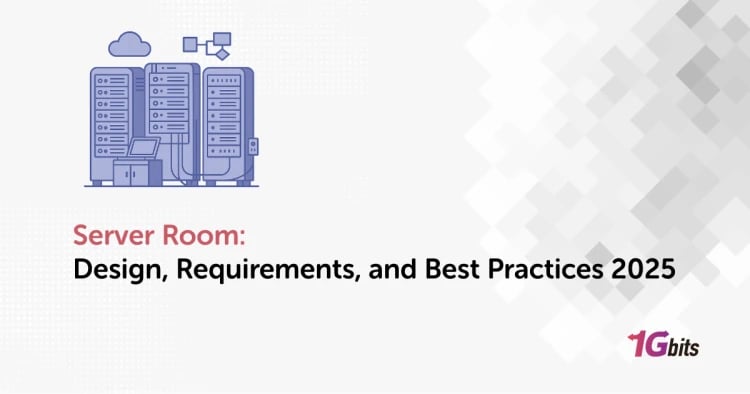Strengthen your online presence with a secure foundation. As more businesses and individuals rely on **dedicated Windows servers** for their critical operations, maintaining high-end security has become more crucial than ever. This guide provides 10 essential security tips to keep your **Windows server** safe from common cyber threats, ensuring your crucial data and business information are protected. By implementing these best practices, you can create a robust defense mechanism and safeguard your server against unexpected malicious attacks.
⬆️ 1. Update Your Windows Server Timely
One of the most fundamental steps to securing your server is keeping its software up to date. Running an older version of a Windows server leaves it vulnerable to known exploits. You must ensure your server is updated with the latest security patches and performance updates without affecting its operation. The latest server installations come with advanced defense mechanisms and standards to protect against unexpected malicious attacks. If you've just set up your server, always start with the latest image available from Microsoft.
🧩 2. Use the Windows Server Core Installation
For enhanced security and performance, consider using the Windows Server Core installation mode, available from Windows Server 2012 and later. This mode allows you to install only the minimal OS components, eliminating the need for a graphical user interface (GUI). The result? A server with fewer features, which translates to a smaller attack surface. With fewer services and endpoints, it becomes significantly more challenging for attackers to find a way into your server. Additionally, this approach improves performance by reducing the demands on your CPU and RAM, ensuring better uptime and faster boot times. It's a win-win for both security and efficiency.
🛡️ 3. Protect Your Administrator Accounts
By default, the primary user account on a new Windows server is named 'Administrator.' This makes it an obvious target for brute-force attacks. To mitigate this risk, you must protect this account. There are two primary strategies:
- Rename the Administrator Account: Change the default name to something unique and non-obvious. This simple step significantly reduces the chances of automated attacks targeting the default username.
- Create a New Admin Account and Disable the Default One: A more secure method is to create a new, uniquely named administrator account and then disable the original local administrator account. This ensures that even if attackers guess the username, they can't access it.
Always avoid using local guest accounts, as they are one of the least secure options and can pose a significant vulnerability. Using strong passwords and multi-factor authentication for all admin accounts is also a non-negotiable best practice.
⏰ 4. Configure Network Time Protocol (NTP)
Proper time synchronization is a surprisingly critical security measure. Configuring your server's NTP ensures it syncs with accurate time sources, preventing "clock drift." A time difference of even a few minutes can cause issues with authentication protocols and prevent unauthorized logins. Many network devices and domain-joined servers use internal clocks or domain controllers for synchronization. However, stand-alone servers require setting up an external NTP source to protect against timing-based attacks and ensure all security logs and events are accurately timestamped.
🔥 5. Enable and Configure Windows Firewall and Antivirus
Windows servers come with a built-in firewall and antivirus tools, which are essential for a basic defense. Using the Windows firewall can significantly reduce your attack surface by narrowing the pathways for incoming traffic. While it offers decent protection against common malicious attacks, for high-end security, you might want to consider a hardware-based or cloud-based firewall. These solutions can handle the bulk of network traffic analysis, freeing up your server's resources. Configuring a firewall correctly is crucial, as an improperly configured one can inadvertently create new security vulnerabilities. If you're not an expert, consider **managed dedicated hosting** where professionals handle these complex configurations for you, ensuring your server remains secure.
💻 6. Secure Remote Desktop (RDP) Access
Remote Desktop Protocol (RDP) is a common way to manage your server, but it's a frequent target for attackers. To secure it, you should not expose it to the entire network. Always change the default RDP port (3389) to a different, less common port. Additionally, restrict RDP access to only a limited number of trusted IP addresses. If you do not set these restrictions, the RDP port is open to all by default, making it highly susceptible to brute-force attacks. You can implement other standard security practices to keep your RDP secure, such as using strong passwords and enabling two-factor authentication.
When you need to manage your server, exploring a variety of **dedicated server tutorials** can provide you with step-by-step guides on configuring RDP securely, managing user permissions, and other critical security tasks. These tutorials are an invaluable resource for both beginners and experienced administrators seeking to optimize their server's security posture.
For those looking for secure and reliable remote desktop access, consider exploring RDP servers, which offer enhanced security features and performance for managing your dedicated Windows server efficiently.
🔒 7. Enable BitLocker Drive Encryption
Physical security breaches are a real threat, and BitLocker is your last line of defense. It's a built-in encryption tool in the server edition of Windows that can encrypt the entire hard drive. This is vital because even if someone gains physical access to your server, they cannot access the data without the decryption key. BitLocker uses your computer's information to verify the server's authenticity, and in case of an unwanted access attempt, it will prompt for a recovery key. Without this key, the drive remains locked, protecting your data from theft and unauthorized access.
🔍 8. Use the Microsoft Baseline Security Analyzer (MBSA)
The Microsoft Baseline Security Analyzer (MBSA) is a free, effective tool for IT professionals to manage and assess the security of their Windows servers. This tool scans your system for potential security issues and provides suitable remediation based on Microsoft's security standards. It can help you identify weak points such as weak passwords, missing system updates, and IIS vulnerabilities. MBSA scans network systems using their IP addresses or domain names and generates a detailed report in HTML format, specifying all the issues found and how to fix them. Utilizing this tool is an easy and effective way to proactively secure your server.
🛑 9. Configure Log Monitoring and Disable Unnecessary Network Ports
To be a pro at server management, you need to proactively reduce your server's load and attack surface. This involves disabling all unnecessary services and protocols. A regular scan of your server can identify services that are most exposed to threats, allowing you to prevent vulnerabilities immediately. You should also constantly monitor login attempts to thwart brute-force attacks. Implementing dedicated intrusion prevention tools to review logs and send real-time notifications for any detected malfunctions is a highly effective practice. The ability to receive instant alerts empowers your team to take immediate action and prevent an attack.
In addition to monitoring login attempts and implementing intrusion prevention tools, using Network Monitoring Software for Windows can provide an extra layer of protection. This software allows you to keep an eye on network traffic, identify unusual activity, and ensure your server's security in real time.
🔪 10. Reduce the Attack Vector
Reducing the attack vector means minimizing all unnecessary services and applications running on your server. A server with only the bare minimum of services required to function properly offers fewer entry points for attackers. By regularly reviewing your system for both necessary and unnecessary services, you can close off potential "loose ends" that hackers might exploit. This simple yet powerful security principle ensures that you are not running any services that could inadvertently create a security risk.
For businesses seeking the best value for their investment, it's worth exploring the different **dedicated server pricing** models. While some may initially consider a cheap dedicated server, it's important to balance cost with the security features and support provided. A server that is affordable but lacks essential security measures can end up being more expensive in the long run due to potential breaches and downtime. Always evaluate the full cost of ownership, including management, support, and security tools.
📝 Conclusion: Fortifying Your Dedicated Windows Server
A dedicated Windows server is a powerful tool for managing applications and projects with ease and efficiency. However, its widespread use and connection to thousands of systems make it a prime target for attackers. The key to maintaining a secure environment is to be proactive. By implementing the ten security tips outlined in this guide—from timely updates and account protection to using tools like BitLocker and the Microsoft Baseline Security Analyzer—you can significantly fortify your server's defenses. Even if you're a beginner, these precautionary measures are easy to implement and will go a long way in safeguarding your data and ensuring the integrity of your systems. By taking a proactive and informed approach, you can harness the full potential of your **dedicated server** while minimizing risk.
To further enhance your server's performance and security, it's helpful to understand your options, such as the difference between a **managed vs unmanaged dedicated** server. A managed service can take the burden of these security tasks off your shoulders, while an unmanaged server gives you complete control and requires you to handle all security measures yourself. Choosing the right type of service depends on your team's expertise and resources. For example, if you're a business with limited IT staff, a managed server is a wise investment to ensure all security patches and configurations are handled correctly and promptly.
The decision to purchase dedicated server is a critical one, and it's important to choose a hosting solution that meets your specific needs. For more information on different types of hosting and how they compare, you can refer to our comprehensive guide on dedicated server vs VPS hosting. This article will help you understand the key differences in performance, security, and control, allowing you to make an informed choice that aligns with your business goals.
Also, don't miss our detailed guide on how to choose a dedicated server to help you make an informed decision based on your specific needs, budget, and performance requirements.










